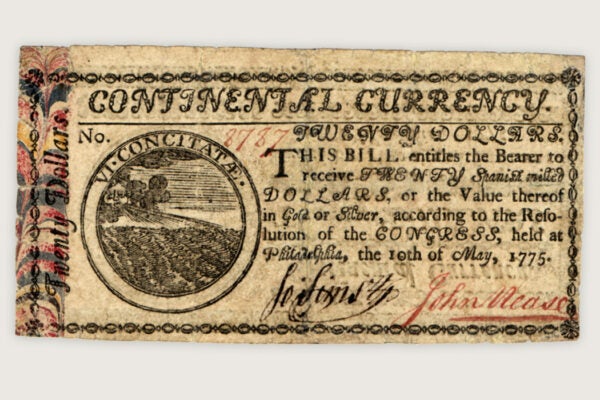The New Age movement was first water-birthed in the 1970s, but its culture of yoga, astrology, and natural diets is still alive and well today. Marisa Meltzer recently wrote for Harpers Bazaar about the so-called “Spirit Weavers,” a gathering of the chicest of today’s New Agers, who focus on self-care, worshipping women and, apparently, removing IUDs in a yurt together.
They are also, Meltzer notes, 90 percent white, youngish, and apparently affluent enough to afford not only the $700 event, but the $400 vintage Indian dresses that are available for purchase.
Meltzer paints a vivid picture, but is this demographic—wealthy white women—representative of the New Agers? Researchers Daniel P. Mears and Christopher G. Ellison wanted to answer this very question, so they analyzed the consumption data on who buys New Age materials and found some surprising answers.
The researchers theorized that New Age materials—including how-tos books, magazines, audio-tapes, journals, crystals and so on—would be popular with women, liberals, single people, whites, and urbanites. The researchers also predicted that New Age would be more popular among people in their 40s and with people who were less affluent and less educated.
Mears and Ellison found their answers by analyzing data from 911 people who answered the Texas Poll survey. In addition to being asked demographic data, respondents were asked whether they’d bought New Age materials in the past year. The researchers found that about 22 percent of respondents have bought some sort of New Age material, which seemed “remarkable” in a conservative state like Texas and made them think that while many people might not be comfortable identifying as “New Age,” interest in New Age concepts might be more common than previously thought.
Some of their predictions did in fact pan out: liberals and women were more likely to have bought the materials. But surprisingly, urban residents were no more likely to be interested in New Age than those who lived in rural areas. People in their 20s were more likely to have dabbled in New Age than those in their 40s, consistent with Meltzer’s anecdotal findings. Most interestingly, the wealthier and better-educated respondents were not more likely to buy New Age materials, and Hispanics and African-Americans were more likely than whites to buy New Age materials. Additionally, people who were unemployed or disabled were likely to buy New Age products.
The results indicate that interest in New Age philosophy is more democratic and diverse than a visit to the Spirit Weavers gathering might suggest. As always, the most lavish examples of any culture is not neccesarily representative of most of the people that subscribe. And though Meltzer’s report invites readers to chuckle at the flakiness of the Spirit Weavers, the urges that drive people to explore New Age lifestyles are very real.







